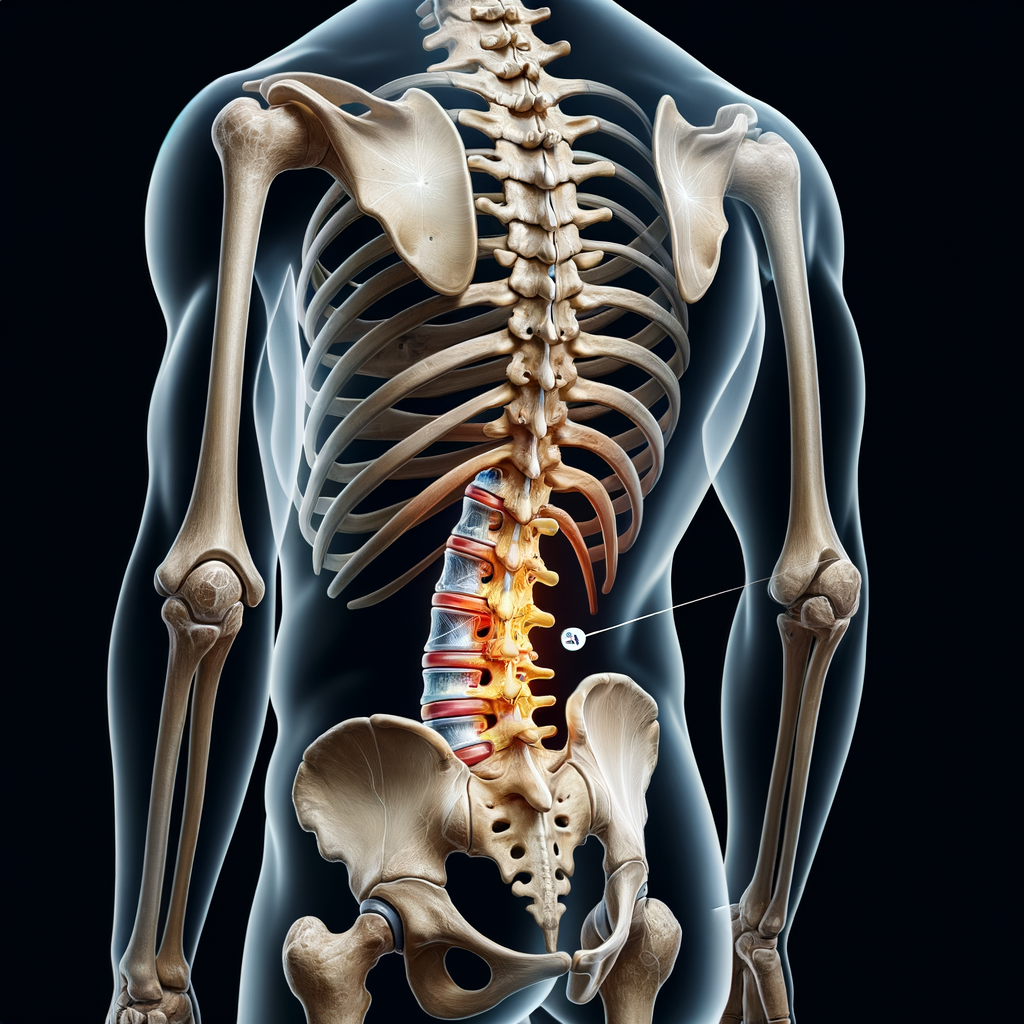Understanding Thoracic Spine Injury

Thoracic spine injuries are a significant health concern that can lead to severe disability and even death. These injuries often result from high-energy trauma such as motor vehicle accidents, falls, or sports injuries. Understanding the nature, diagnosis, and treatment of thoracic spine injuries is crucial for both healthcare professionals and patients.
What is a Thoracic Spine Injury?
The thoracic spine is the middle part of your spine, located between the cervical spine in your neck and the lumbar spine in your lower back. It consists of 12 vertebrae, each of which is attached to a rib, forming the chest cavity. A thoracic spine injury refers to any damage to this part of the spine, including fractures, dislocations, and spinal cord injuries.
Causes and Risk Factors
Thoracic spine injuries are often caused by high-energy trauma. The most common causes include:
- Motor vehicle accidents
- Falls from height
- Sports injuries
- Violence, such as gunshot wounds or stabbings
People with osteoporosis, a condition that weakens the bones, are at a higher risk of thoracic spine fractures. Additionally, participation in high-risk sports such as skiing, horseback riding, or football can increase the risk of these injuries.
Diagnosis and Treatment
Diagnosis of thoracic spine injuries typically involves a physical examination and imaging tests such as X-rays, CT scans, or MRI scans. The treatment depends on the severity and type of injury. Mild injuries may be treated with pain medication, rest, and physical therapy. Severe injuries, particularly those involving the spinal cord, may require surgery.
Prognosis and Recovery
The prognosis for thoracic spine injuries varies widely depending on the severity of the injury and the patient’s overall health. Some people may recover fully with appropriate treatment, while others may experience long-term complications such as chronic pain, limited mobility, or paralysis.
Prevention
While it’s not always possible to prevent thoracic spine injuries, certain measures can reduce the risk. These include:
- Wearing seatbelts and using appropriate safety equipment in vehicles
- Using protective gear when participating in sports
- Ensuring a safe environment to prevent falls
- Managing osteoporosis to strengthen the bones
Conclusion
Thoracic spine injuries are serious and can have life-altering consequences. Understanding these injuries, their causes, and treatment options can help patients and healthcare professionals make informed decisions about care. Prevention strategies, including safety measures and managing underlying health conditions, can also play a crucial role in reducing the risk of these injuries.
Meta Keywords: Thoracic Spine Injury, Spinal Cord Injuries, Fractures, Dislocations, High-Energy Trauma, Osteoporosis, Diagnosis, Treatment, Prevention, Prognosis, Recovery
Tags: Thoracic Spine Injury, Spinal Cord Injuries, Fractures, Dislocations, High-Energy Trauma, Osteoporosis, Diagnosis, Treatment, Prevention, Prognosis, Recovery
Note: The request for a cartoonish image and setting it as a featured image is beyond the capabilities of a text-based AI model. Please consult with a graphic designer or use an appropriate software or online service for this task.







